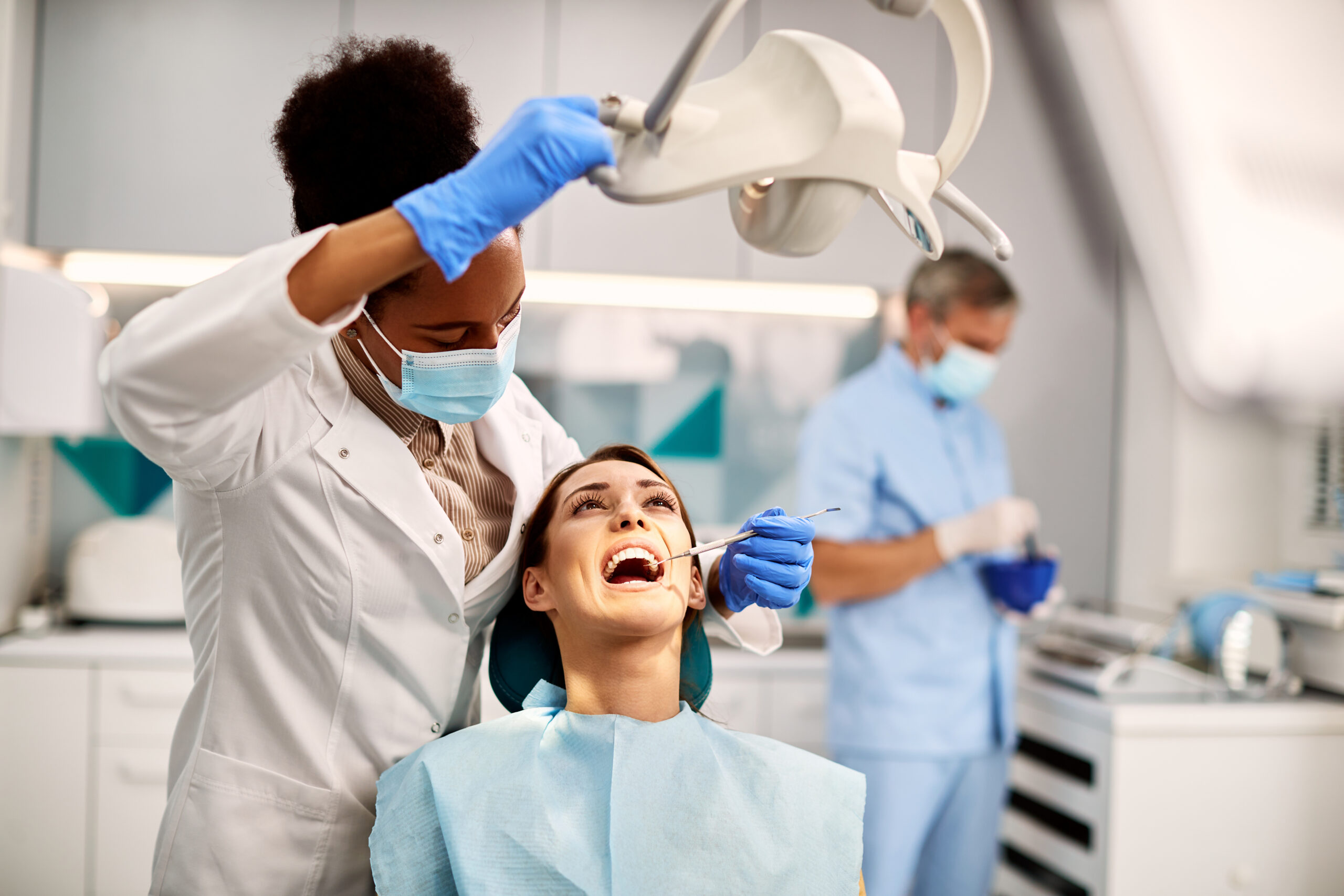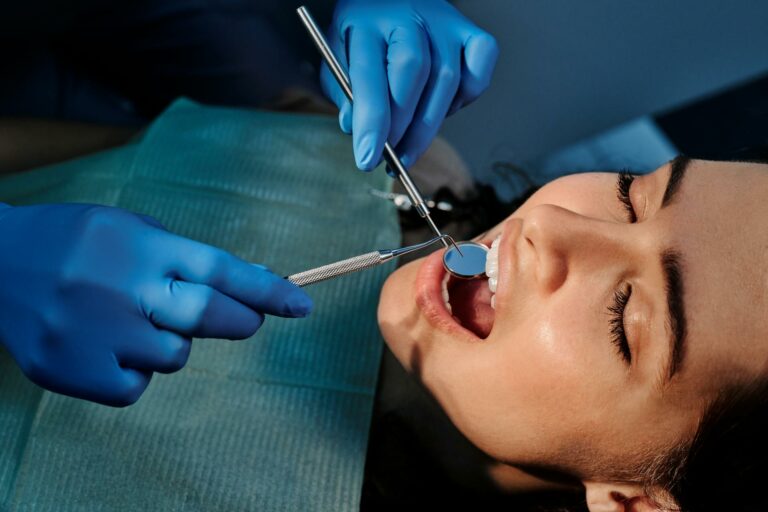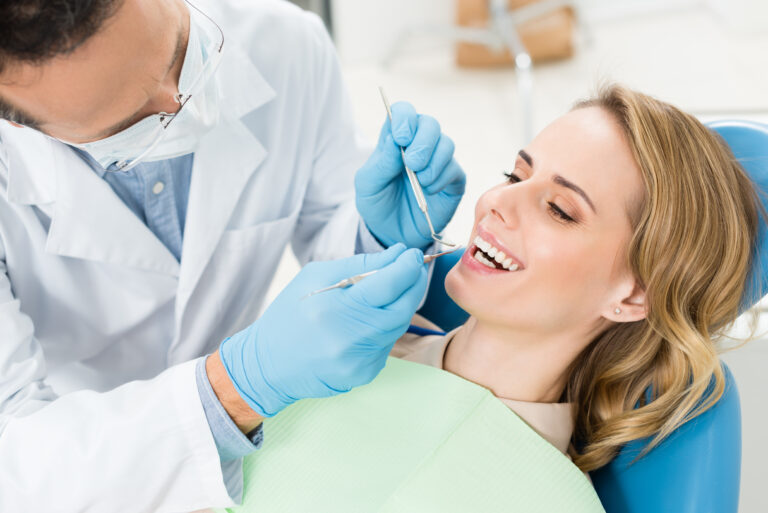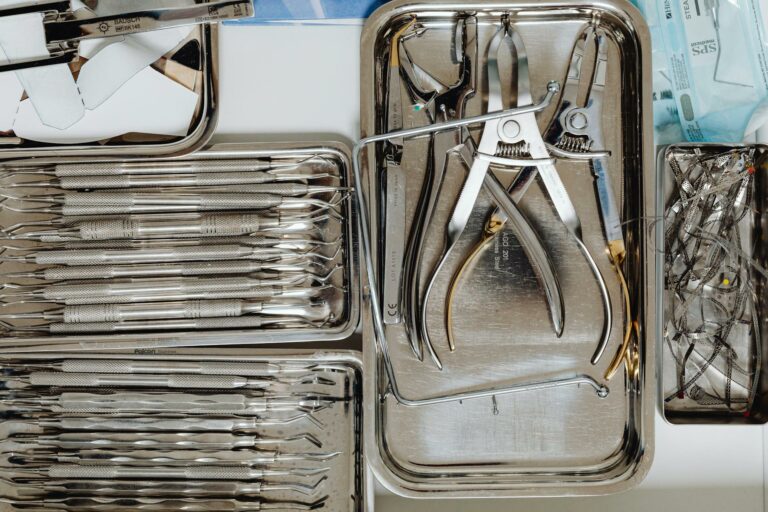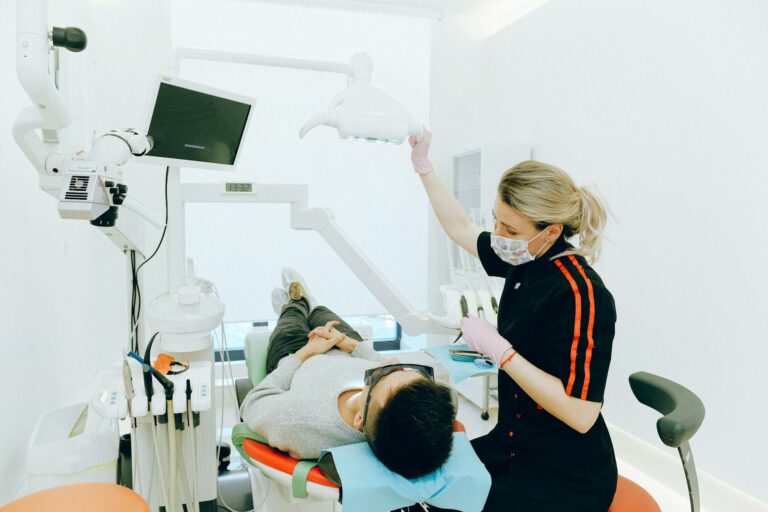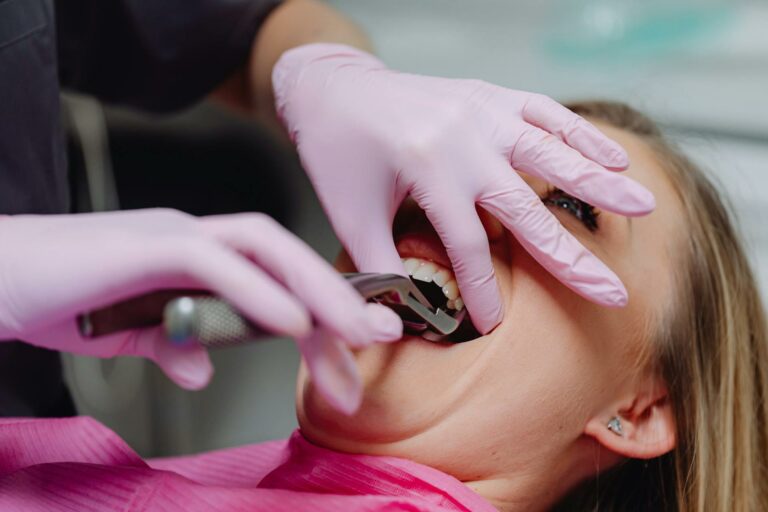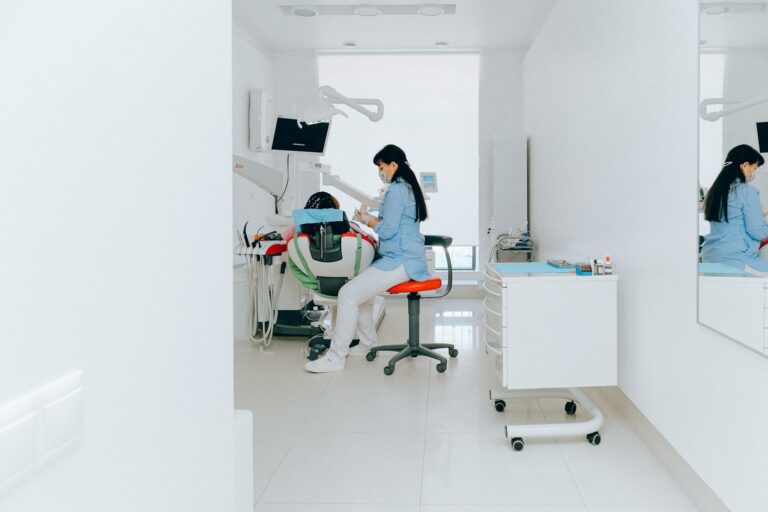Routine Dental Exams in Hoboken: Save Money with Preventive Care
When it comes to maintaining your oral health in Hoboken, routine dental exams are your best defense against expensive dental procedures down the road. A simple $150-200 dental cleaning and comprehensive oral examination every six months can save you thousands of dollars by preventing the need for costly treatments like root canals, crowns, and extractions. Regular dental visits allow your experienced dental team to catch problems early when they’re easier and much less expensive to treat.
At Hoboken Family Dental, we see firsthand how preventive dental care transforms our patients’ oral health and financial well-being. While many residents postpone routine checkups to save money, this approach often backfires spectacularly. The cost difference between preventive care and major procedures is staggering – a routine teeth cleaning costs around $150-200, while a single root canal can cost $1,165 or more, not including the additional $1,000-2,000 for a crown.
Most dental insurance plans recognize the value of prevention, covering routine dental checkups at 100% with no out-of-pocket costs. This means your regular dental visits are essentially free with insurance, making preventive care one of the smartest investments you can make in your health and finances.
What Are Routine Dental Exams?
Routine dental exams are comprehensive evaluations of your oral health performed by a qualified dental team every six months. These appointments combine professional teeth cleaning with thorough dental examinations designed to detect and prevent dental problems before they become serious. During your visit, your dentist performs an oral health screening that includes examining your teeth, gums, tongue, and other oral structures for signs of decay, disease, or abnormalities.
The American Dental Association recommends routine dental visits every six months for most individuals, though some patients may need more frequent visits based on their oral health needs. These appointments serve as your first line of defense against expensive dental procedures by identifying issues when they’re small and treatable.
What Happens During Your Dental Exam
Your routine dental checkup appointment involves several key components that work together to maintain your oral health:
Professional teeth cleaning removes plaque and tartar buildup that your daily brushing and flossing can’t eliminate. Your dental hygienist uses specialized tools to perform scaling and root planing when necessary, ensuring your teeth and gums stay healthy.
Comprehensive oral examination includes a detailed inspection of every tooth, checking for cavities, cracks, or signs of decay. Your dentist examines your gums for signs of periodontal disease and assesses your bite and jaw alignment.
Dental X-rays and imaging provide a complete picture of your oral health, revealing problems hidden beneath the surface. Modern digital dental technology makes this process faster and more comfortable than ever before.
Oral cancer screening involves examining your mouth, throat, and neck for any unusual lumps, sores, or changes in tissue color or texture. Early detection significantly improves treatment outcomes.
How Often Should You Get Routine Dental Exams
The standard recommendation is every six months, but your frequency may vary based on several factors. Patients with excellent oral health might maintain good results with annual visits, while those with risk factors like gum disease, diabetes, or a history of frequent cavities may benefit from quarterly appointments.
Your dentist will create personalized treatment plans based on your individual needs, medical history, and oral health status. Children often need more frequent visits during their developmental years, while adults with stable oral health can usually maintain the standard six-month schedule.
How Routine Exams Save You Money
The financial benefits of routine dental care become crystal clear when you compare the costs of prevention versus treatment. Consider this: a standard dental cleaning costs between $150-200 without insurance, while a root canal therapy procedure averages $1,165 for a front tooth and can exceed $1,500 for molars. Add the necessary crown, and you’re looking at total costs of $2,200-3,100 for a single tooth.
Recent data shows that patients who skip routine care often face emergency dental services that cost 5-10 times more than regular maintenance. The math is simple: two routine checkups per year cost less than one moderate restorative procedure.
Cleaning Costs vs Major Procedure Costs
Here’s a breakdown of how preventive care compares to common dental procedures:
| Service Type | Cost Range | Prevention Equivalent |
| Routine Cleaning | $150-200 | Baseline cost |
| Root Canal + Crown | $2,200-3,100 | 11-15 cleanings |
| Dental Bridge | $2,500-5,000 | 12-25 cleanings |
| Dental Implant | $3,000-6,000 | 15-30 cleanings |
| Full Mouth Restoration | $15,000-50,000 | 75-250 cleanings |
These numbers demonstrate why investing in routine care makes financial sense. A patient who needs just one root canal could have maintained their oral health for over a decade with regular cleanings for the same cost.
Insurance Coverage for Preventive Care
Most dental insurance plans strongly incentivize preventive care by covering routine services at 100%. This means your dental hygiene appointments, basic cleanings, and annual exams typically have no out-of-pocket costs. Meanwhile, major procedures like root canals are usually covered at only 50-80% after you meet your deductible.
Dental insurance statistics show that approximately 290 million Americans have dental benefit coverage, yet many don’t maximize their preventive benefits. Your insurance company wants you to get routine care because they understand it saves them money on expensive treatments later.
Early Detection Prevents Expensive Problems
The power of routine dental exams lies in their ability to catch problems when they’re small, manageable, and inexpensive to treat. Dental problems rarely announce themselves with pain until they’ve progressed significantly. By the time you feel discomfort, you often need extensive treatment that could have been prevented with regular monitoring.
Research consistently shows that early detection allows for less invasive treatments that preserve more of your natural tooth structure while costing significantly less. A small cavity caught during routine examination might need only a simple filling costing $200-400, while the same cavity left untreated could eventually require root canal therapy and crown placement.
Catching Cavities Before They Need Root Canals
Cavity progression follows a predictable pattern that routine exams can interrupt at any stage. Initially, your dentist might detect early enamel demineralization that can be reversed with fluoride treatment and improved oral hygiene – essentially free prevention.
If a small cavity forms, a simple filling resolves the problem for $200-400. However, if that cavity reaches the tooth’s nerve, you’ll need root canal therapy ($1,165+) followed by crown placement ($1,000-2,000). The same tooth that could have been saved with a $300 filling now costs over $2,000 to restore.
Preventing Gum Disease Progression
Gum disease begins as gingivitis – inflammation that’s completely reversible with professional cleaning and improved home care. Left untreated, it progresses to periodontitis, requiring scaling and root planing procedures costing $500-1,000 per quadrant of your mouth.
Advanced periodontal disease management can involve surgical procedures, bone grafts, and even tooth loss requiring dental implant consultation and placement. What starts as a $150 cleaning issue can eventually cost tens of thousands in restorative dental procedures.
Oral Cancer Screening Benefits
While recent research shows mixed evidence regarding oral cancer screening’s impact on mortality reduction, early detection remains crucial for treatment outcomes. Routine exams allow your dentist to monitor changes in your oral tissues and refer you for specialist evaluation when necessary.
The screening adds no additional cost to your routine exam but provides valuable peace of mind and early intervention opportunities when problems do arise.
Finding Quality Routine Care in Hoboken
Hoboken residents have access to excellent dental care, but choosing the right family dentist office makes a significant difference in your experience and outcomes. Look for practices that combine experienced dental teams with state-of-the-art equipment and a commitment to preventive care philosophy.
What to Look for in a Hoboken Dental Practice
The best dental practices prioritize patient education and prevention over treatment-heavy approaches. Your ideal dentist should spend time explaining your oral health status, discussing prevention strategies, and creating personalized treatment plans that align with your goals and budget.
Look for practices offering comprehensive services under one roof, from pediatric dental checkups to cosmetic dentistry services. This continuity allows your dental team to understand your family’s unique needs and provide consistent care over time.
Technology and Modern Dental Equipment
Modern dental practices use digital dental technology to enhance diagnosis accuracy and patient comfort. Intraoral camera examinations let you see exactly what your dentist sees, making treatment recommendations more transparent and understandable.
Advanced imaging systems provide detailed views of your oral structures while minimizing radiation exposure. Laser dentistry treatments offer more comfortable procedures with faster healing times, while sedation dentistry options help anxious patients receive the care they need.
Scheduling Your Routine Exam
Making routine dental care a priority in your busy Hoboken lifestyle requires finding a practice that accommodates your schedule and insurance needs. The best practices offer flexible scheduling options and help you maximize your dental insurance benefits.
Using Your Dental Insurance for Routine Care
Understanding your dental insurance coverage helps you make the most of your benefits. Most plans operate on a calendar year basis, providing 100% coverage for two routine cleanings and exams annually. Some plans also cover fluoride treatments and dental sealants for children at no additional cost.
Contact your insurance provider or ask your dental office to verify your benefits before your appointment. Many practices handle insurance claims directly, minimizing your paperwork and out-of-pocket expenses.
Same Day Appointments and Flexible Scheduling
Life in Hoboken moves fast, and your dental practice should accommodate your schedule. Look for offices offering early morning, evening, or weekend appointments to fit dental care into your routine without disrupting work or family commitments.
Some practices provide same day appointments for urgent concerns, while others offer extended appointment times that combine multiple services in a single visit. Emergency dental services should also be available when unexpected problems arise.
Common Questions About Routine Dental Exams
Understanding routine dental care helps you make informed decisions about your oral health investments. Here are answers to the most common questions Hoboken residents ask about dental exams.
Are Dental Exams Really Necessary if My Teeth Feel Fine?
Absolutely. Most dental problems develop without pain or obvious symptoms until they’re advanced and expensive to treat. Your dentist can detect cavities, gum disease, and other issues long before you feel any discomfort.
Think of dental exams like car maintenance – you don’t wait for your engine to fail before changing the oil. Regular monitoring and maintenance prevent major breakdowns and save money long-term.
How Much Will My Exam Cost Without Insurance?
Without insurance, routine dental exams in Hoboken typically cost $150-250, including basic cleaning and examination. While this might seem expensive upfront, it’s a fraction of what you’ll pay for restorative procedures if problems develop undetected.
Many practices offer payment plans, membership programs, or cash discounts that make routine care more affordable for uninsured patients. The investment in prevention pays dividends by avoiding expensive emergency treatments.
Take Control of Your Oral Health Today
Routine dental exams represent one of the smartest investments you can make in your health and finances. By catching problems early, you’ll save thousands of dollars while maintaining a healthy, confident smile for life. The choice between a $150 cleaning and a $2,000 root canal is obvious – prevention wins every time.
